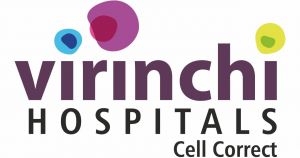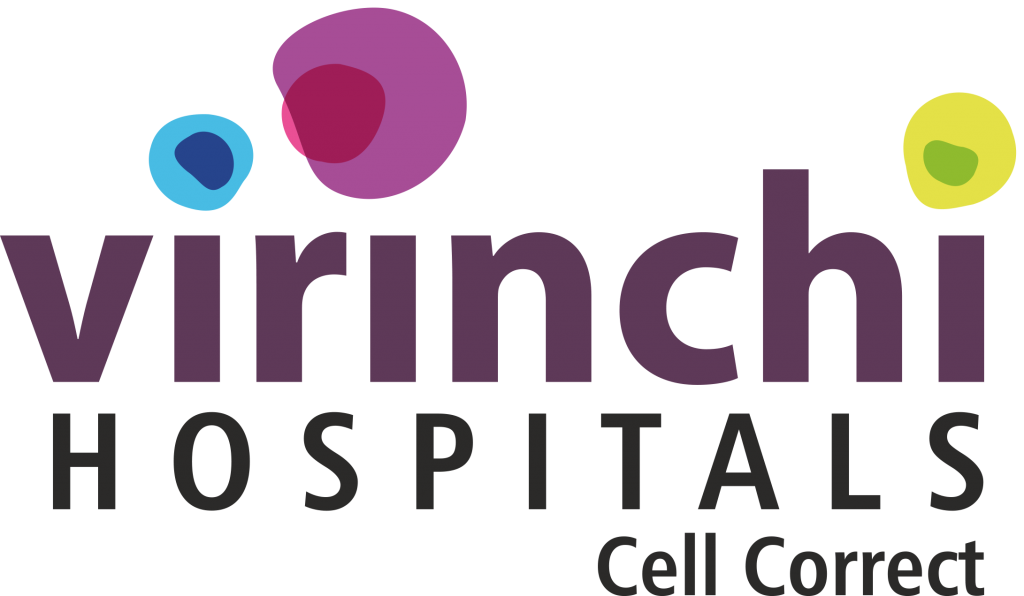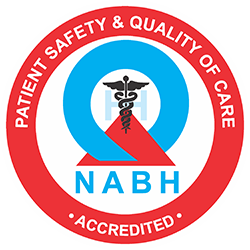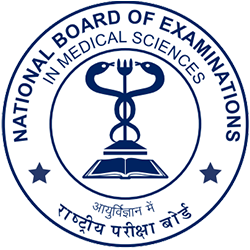3-T MRI
State-of-the-art 3T MRI system with high performing gradient coils (highest in the industry) provides high resolution images in about 30 % less time. Dedicated phased array coils for knee, shoulder, breast and paediatric neuro applications offer high definition imaging and improved signal to noise ratio. Ambience lighting with in-bore experience for the patient helps in reducing claustrophobia. Better quality of images from the 3T MRI than traditional MRI allows our radiologists to diagnose different health issues with better outcomes. The larger size of the bore allows hefty patients quite comfortably. In addition, the whole process of examination takes less time.
The elderly, paediatric, obese, claustrophobic and all sorts of patients feel comfortable in it.
- High resolution images
- Increased throughput
- Routine scans are possible in less than 10 minutes
- Large 70 cm bore allows patients of all shapes & sizes
- Ambient lighting for less anxiety
- Better in-bore experience
- Less acoustic noise for patient comfort
- Reduced patient repositioning
- More headroom legroom and elbow room
- Advanced neuro applications include functional MRI for localisation and mapping of all important areas of the brain and arterial spin labelling for assessing the brain perfusion without the need for contrast administration.
- Functional MRI in neuroimaging helps to localize and map important functional areas of the brain for planning surgery and assessment of surgical outcome for tumors thus minimizing damage to surrounding tissues.
- Non-contrast MR Angiography of renal arteries and lower limb arteries for patients with renal dysfunction can be performed without the need for contrast.
- MR Elastography helps in the evaluation of diseases of liver, breast and brain tumours.
- Advanced cardiac imaging applications include myocardial perfusion and viability studies.
- MR Cartigraphy with cartilage mapping helps in the assessment of cartilage of joints.
- Whole body diffusion studies for various body and spine imaging applications including liver, kidneys and prostate.
- Iron and fat quantification of liver helps to detect early damage to the liver.
- Motion correction techniques in both neuro and abdominal applications allow imaging of irritable and uncooperative patients and reduce respiratory motion artefacts.



